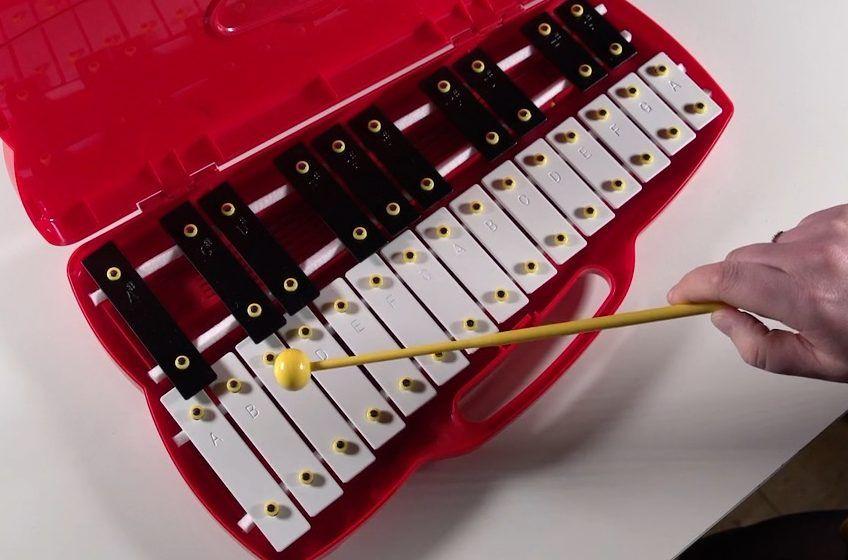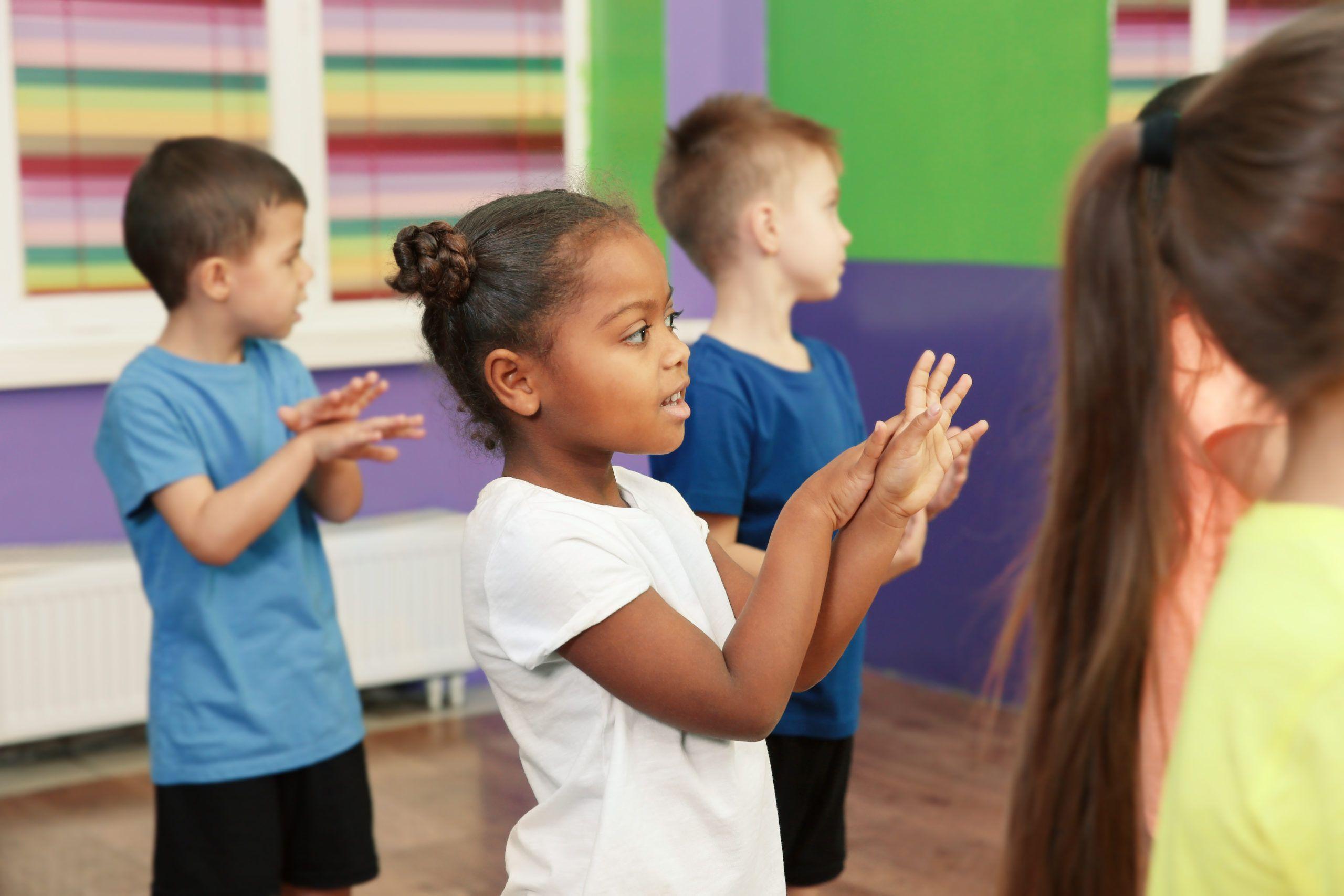Learning objective
- To identify the basic key features of staff notation.
Success criteria
- I know which direction to read the staff
This content is for subscribers only. Join for access today.
National curriculum
Music
Pupils should be taught to:
- Use
This content is for subscribers only. Join for access today.
Cross-curricular links
None.
This content is for subscribers only. Join for access today.
Before the lesson
This content is for subscribers only. Join for access today.
Lesson plan
Recap and recall
Before starting this unit, you might want to check that the children can recall: Rhythm is a pattern of sounds. Beat is the pulse (heartbeat) of music. Notation is how music is written down.
This content is for subscribers only. Join for access today.
Extended-mode explainer videos
How to extend your display to view the lesson page and preseantion mode simultaneously. Choose your operating system below to watch the video
If you need further support with extending your display,
please contact [email protected].
Extended-mode explainer video: For Mac
Extended-mode explainer video: For Windows
Adaptive teaching
Pupils needing extra support
Should use the vocabulary box (word bank) on the quiz sheet in the Activity: Staff notation quiz – with word bank version to help complete the labelling task; could rehearse answers to the ‘complete the sentences’ task with a partner.
Pupils working at greater depth
Could complete the empty bars on the quiz sheet with rhythms that add up to four.
This content is for subscribers only. Join for access today.
Assessing progress and understanding
Pupils with secure understanding indicated by: correctly labelling all staff notation features
This content is for subscribers only. Join for access today.
Vocabulary definitions
-
crotchet
A musical note that lasts for one beat.
-
music notation
A visual representation of music.
This content is for subscribers only. Join for access today.
In this unit
Assessment - Music KS2: Instrumental: South Africa
Lesson 1: Introduction to staff notation
Lesson 2: Minims
Lesson 3: Semibreves
Lesson 4: Crotchets and rests
Lesson 5: Gumboot dance





